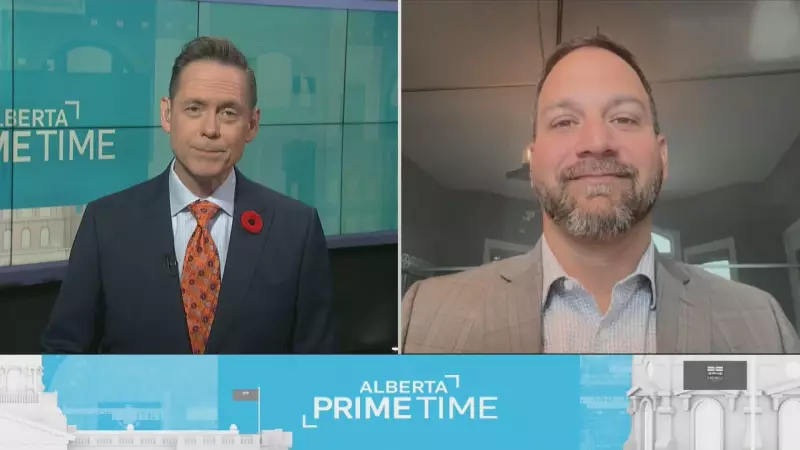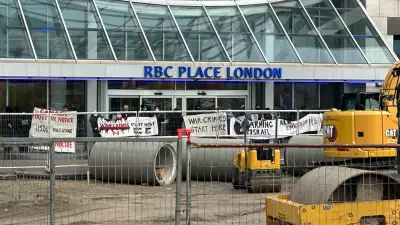
Former Wetaskiwin Leader Reflects on Political Transition
Tyler Gandam, who recently concluded his tenure as mayor of Wetaskiwin, Alberta, after serving two terms, is now offering his perspective on the current political landscape and the implications of Bill 20 for municipalities across the province.
Understanding Bill 20's Municipal Impact
The former mayor's analysis comes at a critical time when Alberta municipalities are grappling with the ramifications of provincial legislation that could significantly alter local governance structures. Bill 20 represents one of the most substantial shifts in provincial-municipal relations in recent years, affecting how cities and towns operate within the broader framework of Alberta's governance.
Gandam's experience leading Wetaskiwin through various challenges provides him with unique insights into how such legislation impacts day-to-day municipal operations and long-term planning. His reflections cover not only the legislative aspects but also the practical realities facing local governments as they navigate changing provincial policies.
Political Climate Assessment
The timing of Gandam's commentary is particularly relevant given the evolving political dynamics in Alberta. Having completed two terms in office, the former mayor brings valuable perspective on how municipal leaders can effectively work within the current political environment while advocating for local interests.
His analysis extends beyond mere legislative interpretation to encompass the broader implications for community development, fiscal management, and intergovernmental relations. The insights come from someone who has directly experienced the challenges of balancing local priorities with provincial directives during his time leading Wetaskiwin.
As municipalities across Alberta continue to adapt to changing legislative frameworks, perspectives like Gandam's provide crucial context for understanding how these changes might affect local decision-making and community services in the coming years.





